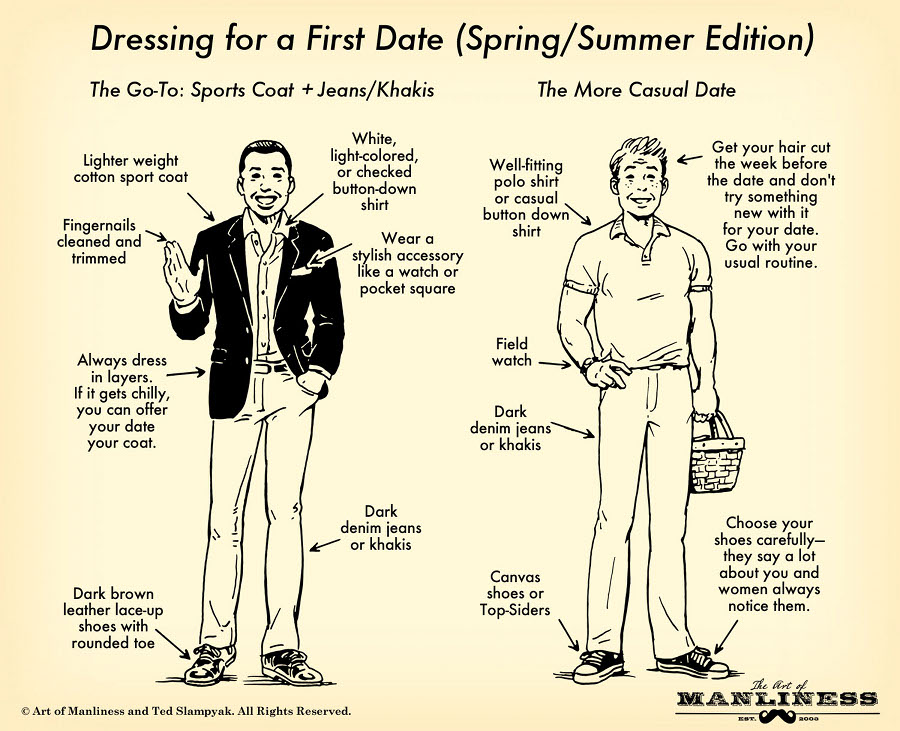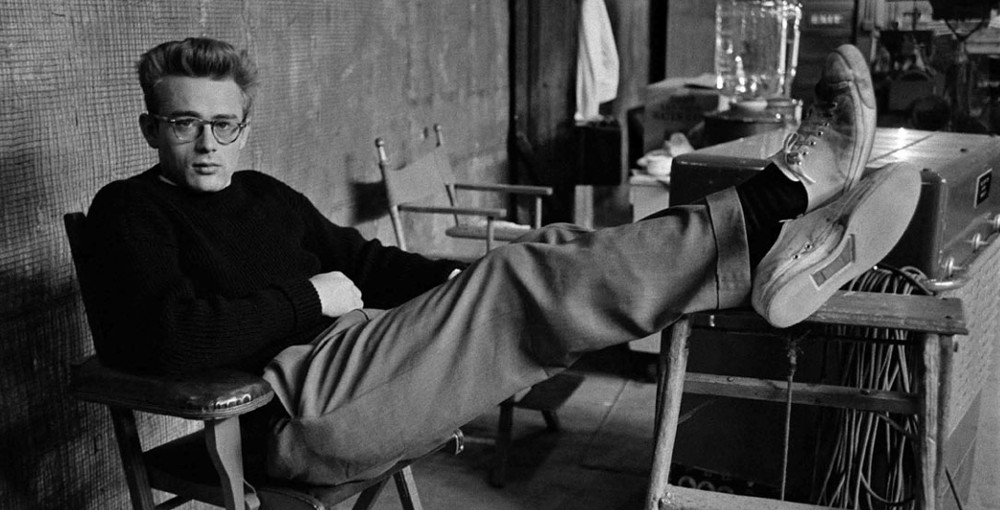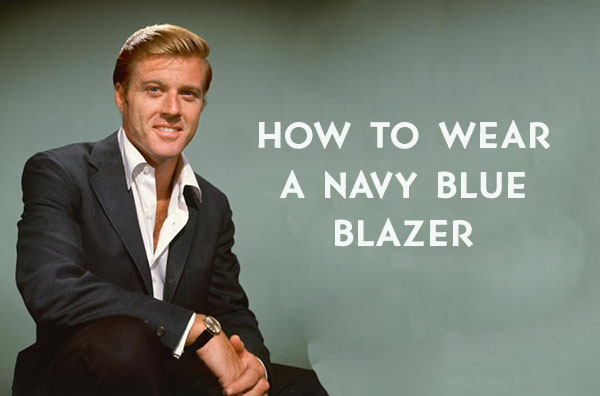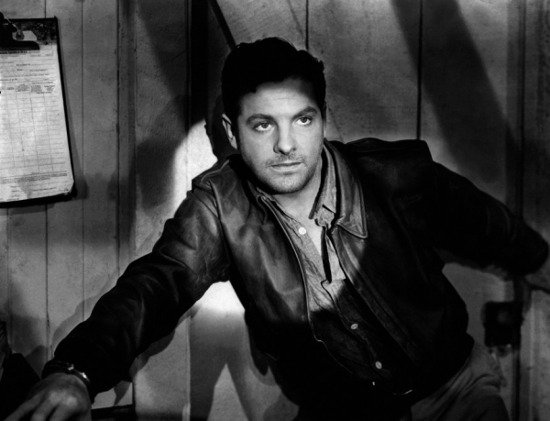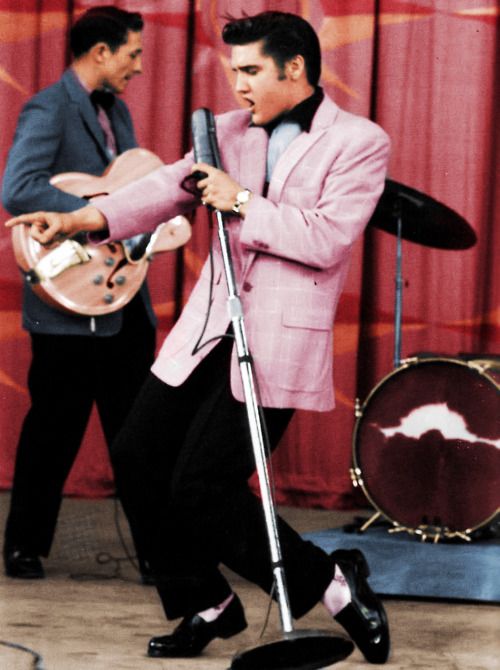
Out of one of the drawers he lifted a finely woven broadcloth shirt, carefully cut, and very pink.
“What’s that thing?”
“This is a tablecloth,” he said out of the side of his mouth.
“No, cut it out. What is it?”
“This,” he then answered with some pride, “is going to be my emblem. Ma sent it up last week. Did you ever see stuff like this, and a color like this? It doesn’t even button all the way down. You have to pull it over your head, like this.”
“Over your head? Pink! It makes you look like a fairy!”
In this scene featuring one of my favorite characters from one of my favorite books — A Separate Peace — Phineas, a student at an elite prep school, dons a pink polo shirt in preparation for attending a formal tea hosted by the headmaster. His conservative-minded, rule-abiding best friend, Gene, looks on aghast, worried that Phineas’ peers will think him gay, and that he’ll be punished for breaking the dress code.
The more carefree, self-assured Finny isn’t worried what others think though; secure in his sexuality, the idea of others finding him fruity merely amuses him. And he has his reasons for donning the pink shirt; having heard that the Allies bombed Central Europe (the story is set at the beginning of WWII), Finny wishes to celebrate. As he doesn’t have a flag to fly, he decides his pink shirt will serve as an emblem of his patriotism.
While Gene still has misgivings about his friend’s sartorial choice, true to form, Phineas manages to charm the headmaster, and his peers, with his delightfully illogical yet quintessentially genuine reasons for bending the rules. Gene envies his friend’s confidence; “No one else in the school,” he muses, could have worn such a shirt, “without some risk of having it torn from his back.”
The potential shock of seeing a young man in a pink shirt was due not only to the particular rules of the school’s traditional dress code, but the fact that it was quite out of the ordinary in any setting at the time. When Brooks Brothers introduced the country’s first pink polo (which is almost assuredly the shirt Phineas dons in A Separate Peace) in the early 1940s, it caused such a stir that it made the cover of Vogue magazine.
A pink shirt for men was newsworthy at the time because of the color’s associations with femininity. But this connection between ladies and the color pink is of rather recent origin. Today we’ll explain how pink became thought of as a ladies-only color, and why you should consider ignoring the rule and donning pink from time to time yourself.
The History of Pink-Is-For-Girls/Blue-Is-For-Boys

Brothers John B. Trevor and Bronson Trevor, 1912
“Pink or blue? Which is intended for boys and which for girls? This question comes from one of our readers this month, and the discussion may be of interest to others. There has been a great diversity of opinion on this subject, but the generally accepted rule is pink for the boy and blue for the girl. The reason is that pink, being a more decided and stronger color, is more suitable for the boy, while blue, which is more delicate and dainty, is prettier for the girl.” –Earnshaw’s Infants’ Department (a trade publication), 1918
While the pink-for-girls/blue-for-boys color code now seems to be an irrevocable and timeless law, it’s actually a rather modern concept.
In the 19th century, all babies and toddlers, regardless of sex, were typically dressed in unisex all-white dresses. As Jo B. Paoletti details in Pink and Blue: Telling the Boys from the Girls in America, pink and blue were not considered gender-specific colors, and were used interchangeably (and often together) in infants’ nurseries and children’s clothing accessories. In fact, the dividing line for donning pink wasn’t between women and men, but the young and old; as the color was associated with health, newness, and innocence (pink newborns, flushed cheeks, rosy-hued sunrises, etc.), it was considered more appropriate for children than adults.
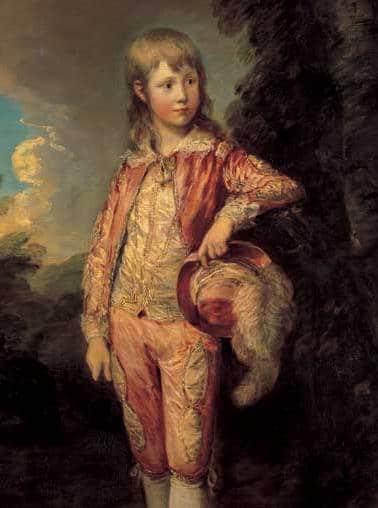
Pink was once considered a boy’s color because it was a variation of red, which has war-like connotations. Blue, on the other hand, was associated with the Virgin Mary, and thus thought to be a feminine hue.
During the latter part of the 1800s, pink and blue did begin to be associated with sex, but there was little agreement as to which color symbolized which gender. Opinions on the matter differed from country to country (pink for girls was the trend in France), and from region to region in the United States (pink for boys was popular in the Midwest), as the quote above, and these excerpts demonstrate:
“Pure white is used for all babies. Blue is for girls and pink is for boys, when a color is wished.” –Ladies Home Journal, 1890
“Amy put a blue ribbon on the boy and a pink on the girl, French fashion, so you can always tell.” –Little Women, 1880
Around the turn of the century, books on infant development encouraged parents to distinguish their children’s gender from an earlier age, and manufacturers saw that there was more money to be made in producing sex-specific clothing; if parents had a girl and then a boy, they couldn’t hand down the first child’s clothing to the second, and would instead have to purchase a whole new wardrobe. In the midst of these two currents, and for reasons that aren’t entirely clear, adoption of the pink-for-girls/blue-for-boys rule became more universal.

Jay Gatsby famously wears a pink suit in The Great Gatsby, which symbolizes his social class. Note that his rival Tom Buchanan doesn’t deride the suit’s color for its effeminacy, but for the fact that it casts doubt on Gatsby’s supposed education and background. “An Oxford man!” Buchanan bellows. “Like hell he is! He wears a pink suit.” Indeed, pink for men at the time was associated with the working class, and servants often worked in pink seersucker suits during the summer.
By the 1950s, pink had become strongly associated with girls, though the rule still wasn’t as rigid as it is perceived today, and pink clothing for grown men actually became a very popular trend. While striped and colored dress shirts had been around since the 19th century, men had largely stuck with two solid varieties: white (typically worn by office workers) and blue (usually worn by tradesmen). (Hence, why we still refer to different types of work as “white collar” or “blue collar.”) Brooks Brothers had in fact created the first pink dress shirt in 1900, but it had largely gone unnoticed by the public. After languishing since its introduction, the company tried marketing their pink button-up as a piece for college women, who had started dabbling in men’s fashions. The ladies liked it, but it really caught on with university men, especially those who sported the Ivy League look.
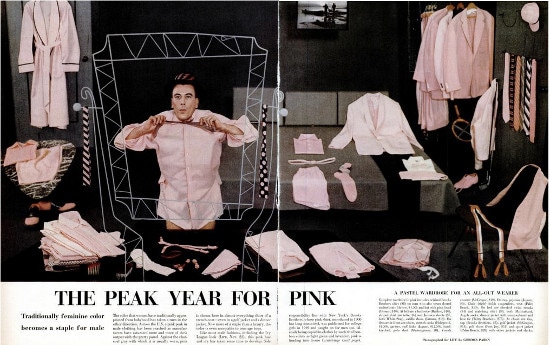
According to Life Magazine, 1955 marked the “Peak Year for Pink” for men and women alike. “Across the US,” the article tells us, “a pink peak in male clothing has been reached as manufacturers have saturated more and more of their output with the pretty pastel…pink is shown here in almost everything short of a trench coat—even in a golf jacket and a dinner jacket. Now more of a staple than a luxury, the color is even acceptable to teen-age boys.”
In the 60s and 70s, pink went out of style altogether as a result of the countercultural and feminist movements. Liberated mothers attempted to give their girls a gender-neutral upbringing; in fact, from 1976-1978, pink clothing for toddlers was entirely absent from the Sears, Roebuck, & Co. catalog.
Thus, while we often assume the pink/blue divide extends back into the distant mists of time, it really didn’t get into full swing until the 80s and 90s. This was partly the result of the invention of prenatal testing. Before its advent, mothers were apt to buy gender-neutral clothes for their baby-to-be, so that the duds would work whether they had a boy or a girl. Now that moms know the sex of their baby ahead of time, they’re confident in investing in gender-specific onesies and accessories.
At the same time, some women who had been raised as tomboys by hippie mothers swung the other way (as children are wont to do), and wanted their own daughters to have a more frilly and feminine upbringing. Cue the pink everything.
The recent widespread “pinkifcation” of girls’ clothes and toys may also simply be due to innate preference. Research has shown that while males and females both prefer the color blue, men lean towards the greenish-yellow end of the spectrum, while women gravitate towards reddish-purple hues. The neuroscientists who made this discovery speculate that the difference may be rooted in our evolutionary division of labor. Men hunted and women gathered, and thus being able to pick out ripe, red fruit amongst a green leafy background would be advantageous to the female sex.
While this seemingly innate preference for reddish tones might seem to be proof of pink clothing’s inherent girlishness, one must remember that we do not dress simply for ourselves. When women are out looking for “nuts and berries,” a man in pink will attract their positive attention. Unsurprisingly, I have met many a woman who enthusiastically declared, “I love a man in pink!”
How to Wear Pink With Style
So pink hasn’t always been out of style for men, but these days, outside of situations where one is compelled to wear it to show support for breast cancer, it still takes an extra ounce of Phineas-esque confidence to sport.
That extra swagger is perhaps why men who don pink dress shirts have been shown to be better educated, make more money, and receive more compliments from the ladies around the office than their white-shirted peers.
If you want to stand out in a sea of blue and white, here are a few tips on how to wear pink with style:

Hypothetically speaking, men of any skin tone can wear pink. If you have a darker complexion, you’ll typically look better in a lighter, pastel pink. If you have a lighter complexion, you’ll look better in a darker pink. But, darker pink doesn’t really look that great on any man — it comes off as more feminine (relatively speaking), and less classic looking. So pink is generally a better bet for darker-skin men, which is why it has long been a popular color choice for African-Americans.
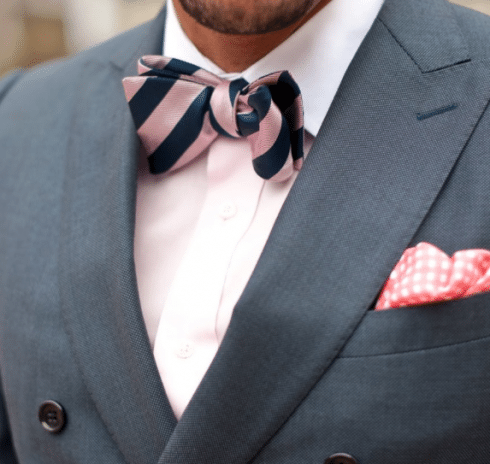
If you’re not ready to sport a solid pink item of clothing, experiment with pink accessories like a tie and/or pocket square.

The easiest way to get started wearing something solid pink is with a button-down dress shirt. They’re hard to do wrong, and are often quite handsome. Pink polo shirts are another easy option, but keep in mind that they are universally associated with preppiness. Pink t-shirts and sweaters should generally be avoided, as they tend to look like you’ve raided your girlfriend’s closet.
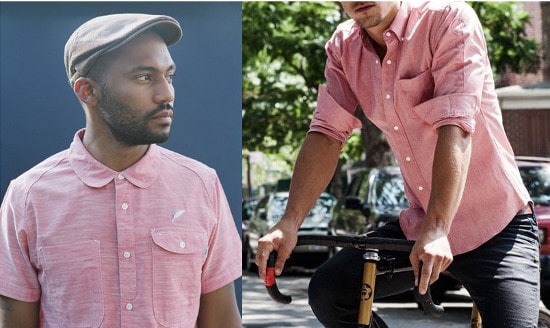
If a traditional pink dress shirt still feels like too much of a leap, try a pink chambray. The shirt’s masculine style balances the color and harkens back to pink’s working class roots.
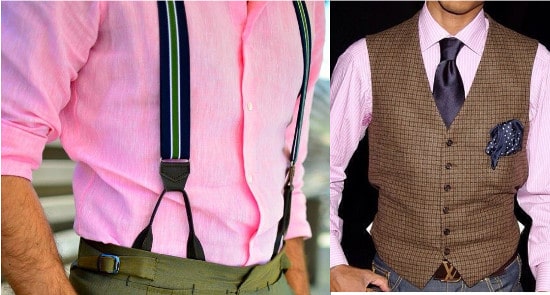
You can also balance pink with traditionally masculine accessories like suspenders or a vest.

Pinks pairs well with just about every color — white, khaki, cream, black, or brown. It unarguably looks the very best with charcoal gray. Blue is another particularly good choice.

Taking the jump from pink shirts to a pink jacket (or pants), takes an additional amount of confidence and a desire to stand out.
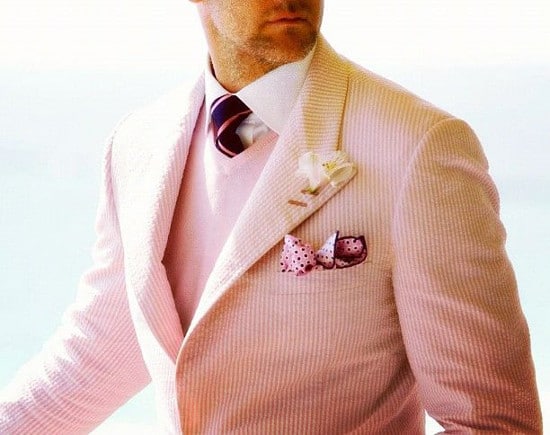
If you’re going to go all the way and get yourself a full-on, Gatsby-esque pink suit, you could hardly do better than to make it a seersucker. Perfect for spring weddings, Easter service, and a day at the horse races.
Do you wear pink? Would you wear pink? Sound off in the comments!


